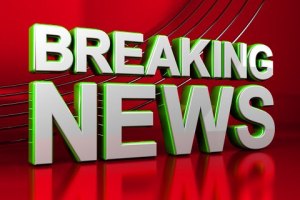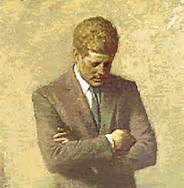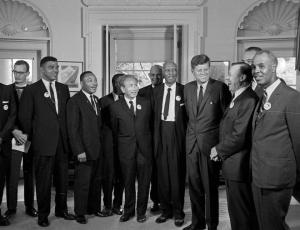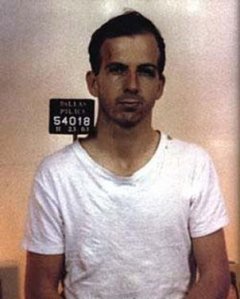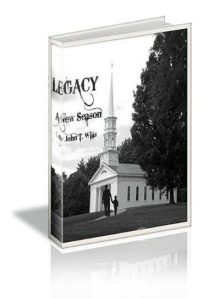 As I reflect upon being blessed with another year of life - a birthday – I found myself looking back at the time in which I’ve lived. Maybe you could say I’m being introspective because of achieving this milestone along my life’s journey. This thing we call life is like a season characterized by a particular circumstance, suitable to an indefinite period of time associated with a divine phenomenon gifted to us by someone greater than ourselves.
As I reflect upon being blessed with another year of life - a birthday – I found myself looking back at the time in which I’ve lived. Maybe you could say I’m being introspective because of achieving this milestone along my life’s journey. This thing we call life is like a season characterized by a particular circumstance, suitable to an indefinite period of time associated with a divine phenomenon gifted to us by someone greater than ourselves.
This important event caused me to realize what I view as a grace-filled journey to which I asked myself; if it was a true story, a miracle, a blessing or just simply a fairy tale. While examining the evolution of my life to this point, through God’s grace, I was blessed with the good fortune or privilege to have had many precious moments. As a result, I can say during this passage through time I have come to realize that there are milestones, mountains, and valleys that everyone will encounter.
What I have learned is that we need to appreciate and value those dear to us for tomorrow is not promised. Which is why I think showing love is the toll we pay along the way. I will admit that my life has not been unlike that of any other man who has ever lived. Although challenging at times, the answer to those challenges was to have the will to survive and that means being accountable for life on life’s terms, and of course understanding that I have no control over life’s terms.
Some may say that I am a self-made man, while I say I simply experienced a journey that was charted by someone greater than myself. I have been given the magnificent gift of being a benevolent spirit and the good fortune to have been blessed many times over, for which I am very grateful. I am thankful to have enjoyed the by-products of life, meaning the material things that can be gained from it. However, the most rewarding experiences have come from the personal enrichment gained from helping others.
I can recall my Granddaddy telling me to reach for the stars and understand that it is not a disgrace to do so. It is, however, a disgrace not to have a star. I worked hard trying to make my dreams come true. If my mind could conceive it and my heart would believe it, there was no reason not to achieve it. I was born and therefore I am.” In reality it doesn’t matter what you have done for yourself. It is what you have done for humanity during the journey that is the more important question. Granddaddy taught me that doing the common things in life in an uncommon manner would command the attention of the world. It is possible that’s what my dear friend meant.
As I look back, I am honored to have given something to everyone whose path I’ve crossed, along with finding a place in my heart to care for other souls, especially those I loved. I cannot say that my greatest glory was never failing; although the objective was not to fail but when I did, finding the strength to rise when I have failed was the true blessing.
I lesson learned a long time ago when I attended Sunday school classes. It was why Jesus wept. As the story goes, when Lazarus died, Jesus saw Mary and Martha weeping. He was so moved as he witnessed their pain for the loss of his friend that he also wept. Today I understand, because I have felt that pain because I lost a son. So I understand that the real tragedy of life is not that it ends too soon. Perhaps the tragedy is that most people never have a chance to live life while they have it.
I sometimes wonder if the lessons from my experiences should be called obstacles or stepping-stones that shape the time I’ve have lived. Nonetheless, in their entirety – life’s lessons are priceless. Maybe this proves that God is in the miracles business. He works in mysterious ways with his wonders yet to behold.
Time is life and just as in life, time is something experienced that dictates the rhythm of your soul. As life’s most precious commodity, it waits for no one. All of us have been given only 24 hours each day, which is life’s great equalizer. It does not matter who you are – everyone is equal and from that standpoint, 1440 minutes each day are all you get. It is each minute that is the starting point for living the rest of your life or the last minute of it. Therefore, I must be ever so conscious of every single minute because each minute must be cherished and used ever so wisely. The key, however, is not how much time you have, rather what you do with that time. Since we know not the minute or the hour, my mission now must be to live each eternal moment.
How interesting it is that we come into this world crying while all around us are smiling. Then we leave the world smiling while everybody around us weeps. This brings to mind a sermon my childhood pastor, Reverend Cole, gave explaining this phenomenon called life in the simplest of terms. He said, “This period of existence we call life in the final analysis is Just a Season.” And that’s my thought provoking perspective…










